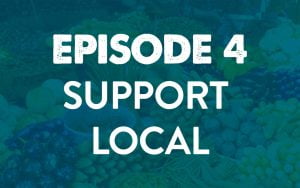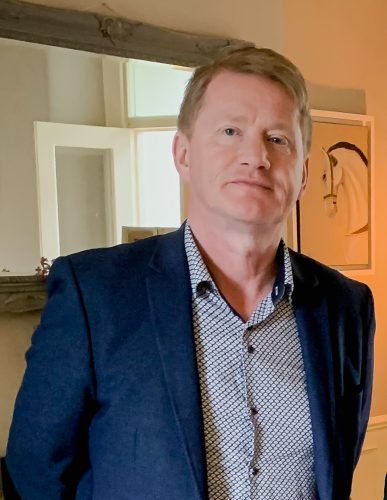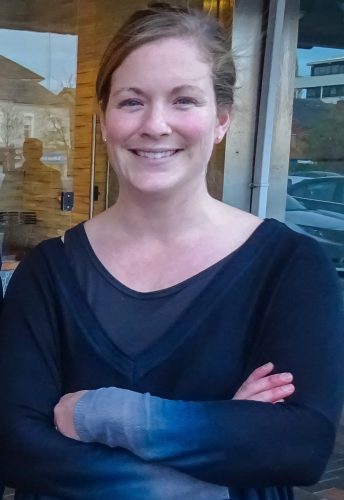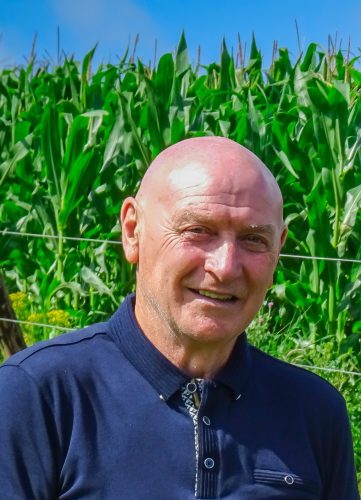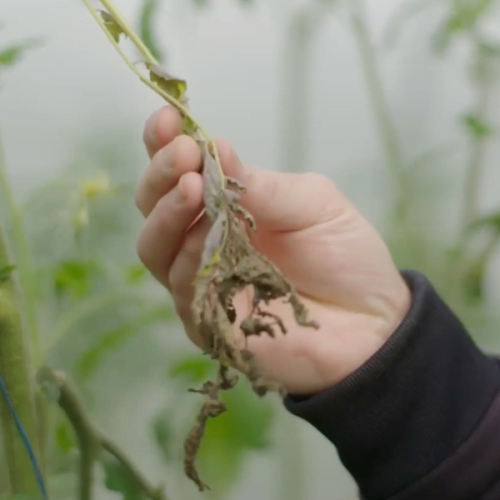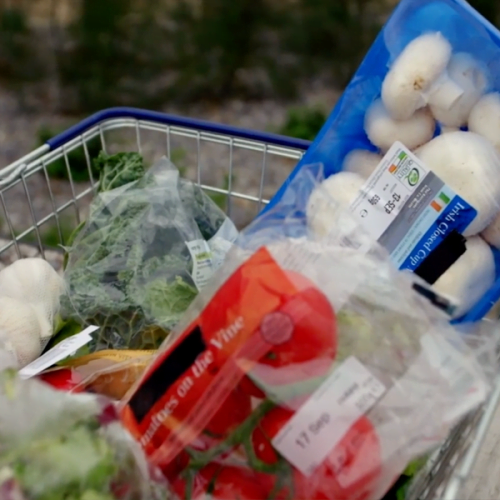In this episode
“Stop Food Pollution”
In this episode we explore how we can “Stop Food Pollution”, and looking at what can we do to reduce our reliance on chemicals in the growing process and plastics in the packaging of food. It’s all about gaining a greater understanding of how food is produced and what we are using to grow and package our food. The more we understand this, the better we can be at being able to avoid contamination caused by food pollution. So in this episode we want to dig deeper, speak to some people who are taking food pollution seriously and looking at solutions.
To start this episode Mick is heading to Kildare to visit Paul Fogarty from the Irish Wildlife Trust to see some of the effects when food pollution gets into our waterways and farmlands. Then we’re off to Waterford to meet Mike Walsh, a SETU lecturer in regenerative farming who has completely removed pollutants from a farm. Then Mick is visiting a young dairy farmer in West Waterford to talk about his story of converting to fully organic farming.
Next we head to Dublin to meet environmental journalist John Gibbons to chat about the impact of plastic on our planet before Mick meets environmental lawyer and activist Mindy O’Brien to discuss the use of plastic in our food system. To finish our episode Mick is looking at a solution to food pollution – food that’s grown organically, locally and sold in a zero waste shop with no plastic in sight.
Stories:
- “State of Pollution” – Padraig Fogarty, Irish Wildlife Trust in Trim, Co Meath
- “Removing Pollutants” – Lecturer, Mike Walsh, Dunhill, Co Waterford
- “A Better use of Fertilizer” – Dairy Farmer, James Foley, Waterford
- “A Journalistic View of Plastics” – John Gibbons, Dublin City
- “A Legislative Approach” – Mindy O’Brien, VOICE Ireland, Dublin City
- “A Grassroots Solution” – The Good Neighbour shop, Jess Dollinger, Dublin

Introduction
Growing food tends to force us to face our ignorance when it comes to the natural world. Leaves curl up and turn yellow, seedlings disappear after a night-time visit from a gang of slugs, and we’re left scratching our heads.
Obviously, this has huge consequences for commercial farmers, so when chemical solutions arrived, they were understandably adopted with great enthusiasm. Over time though, we’ve come to see the consequences associated with chemical fertilisers and pesticides, and with the packaging that we use after food is produced. These quick fixes may have made it easier to produce and distribute food in the short term, but the long term consequences of soil degradation, water pollution, species loss and impact on human health are the devastating legacy of Food Pollution.

Did You Know?
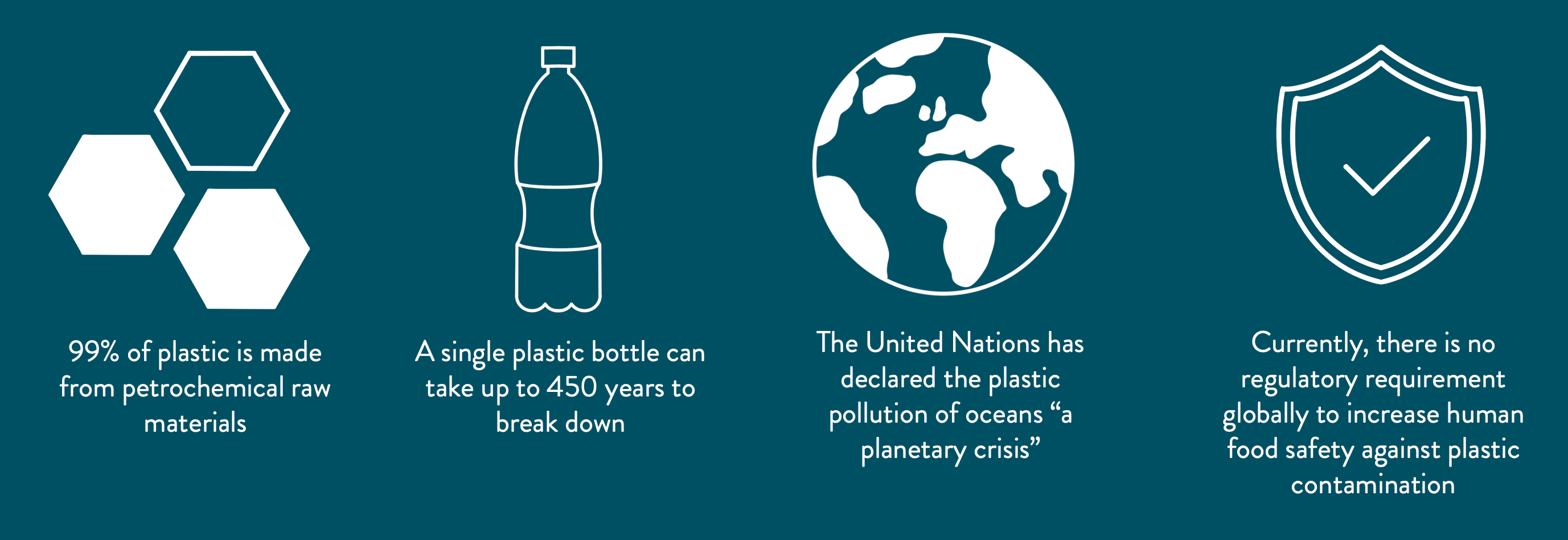
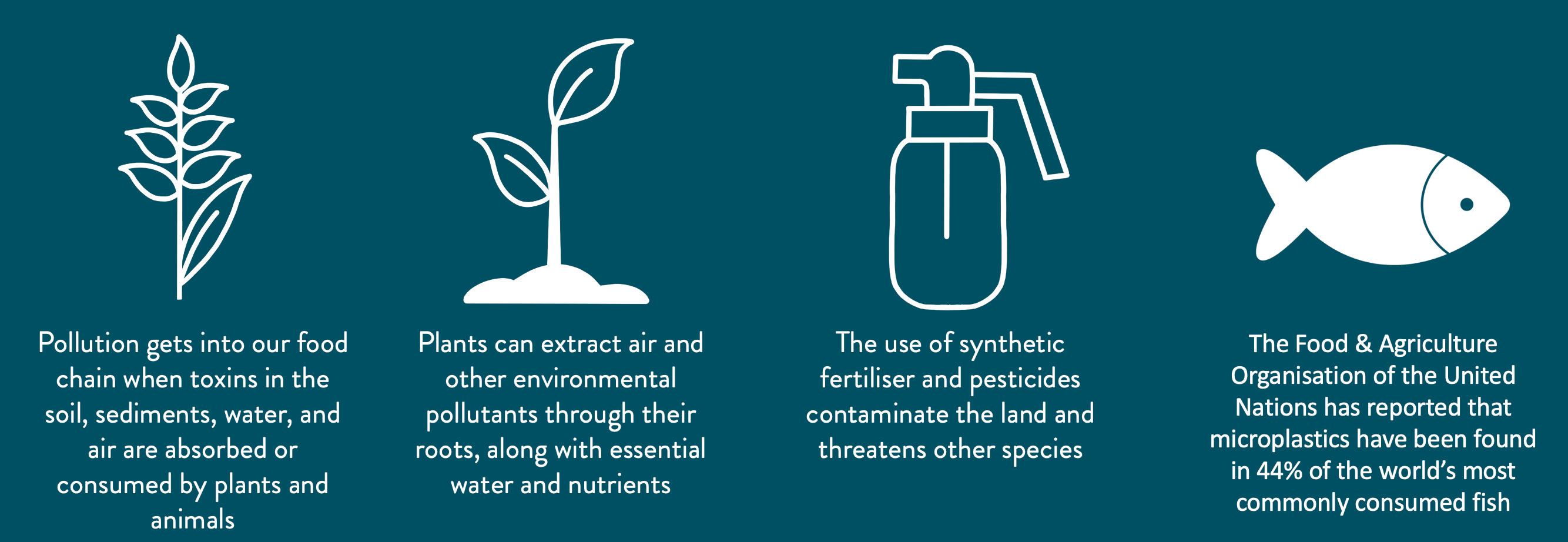
How Food is produced matters
What is the real cost of producing food? When we buy a bag of carrots in the supermarket, we are buying more than just the veg themselves. We are also investing in how they were produced – the type of soil, the growing methods used, the work effort and type of labour involved.
Organic food is often portrayed as expensive in terms of pounds and cents but we have to also consider the lengths the organic producer has to go to produce food without pollutants such as chemical fertilisers, pesticides and plastics, and the toll these inputs take on the soil and species that sustainable food depends on.
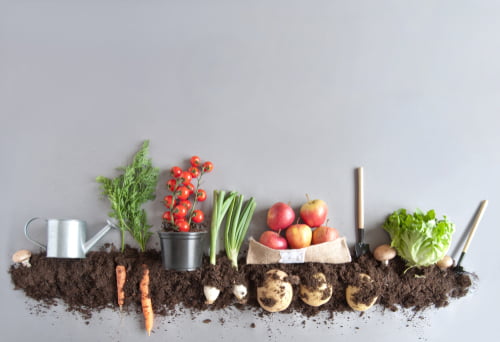
Plastic
How much packaging waste is left after you’ve unpacked your food shopping? It’s likely to be quite a bit. It can be a struggle to avoid plastic packaging when we shop and many of us don’t know what to do with it once we get home, especially if the packaging is made up of multiple kinds of materials. It’s a mine field.
Plastic is light, cheap to make, flexible, water resistant and easy to clean. That is why we have become so dependent on it.
Using plastic to wrap food can prolong its life span. And using it to transport food ensures the product is undamaged for us, the consumer. Before we used plastic to do all this, we used paper, wood or cloth to protect food.
Plastic is a revolutionary product, but do we stop to think what it is made from?
Surprising as it may sound, plastic is made from oil and drilling. And refining and burning oil contributes to climate change. In fact, the annual production and incineration of plastic produces more than 850 million metric tons of greenhouse gases – equal to the emissions from 189 five-hundred-megawatt coal power plants.
Our over reliance on plastic today, especially in the food sector, means we are creating tonnes of waste that destroys ecosystems and threatens wildlife. Tiny bits of micro plastics are now in the water we drink, the fish we eat and the food we buy. That’s why the UN estimates that by 2050 there will be more plastic than fish in the sea.
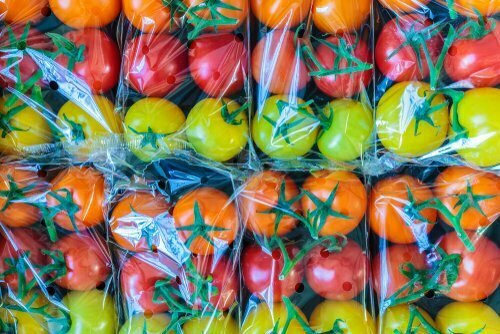
Did You Know?

Composting, Recycling and More
Currently in Ireland we recycle less than a third of all plastic packaging waste. Until recently, only hard plastics could be recycled. But now both hard and soft plastic can be recycled, as long as they’re clean, dry and loose, and placed in household recycling bins.
But any plastic that isn’t recycled tends to go in the general waste bin where it ends up in landfills or is incinerated. While plastic that becomes litter waste ends up on our rivers, on our beaches and along our roads, causing pollution.
Watch out for anything that is labelled biodegradable. In truth, everything biodegrades… eventually! It just might take a few months or thousands of years. Biodegradable does NOT mean something is compostable.
Compostable means exactly what it says on the tin: compost it, don’t recycle it. The best thing to do is get a household brown bin, where you can be assured that all your compostable waste – for example, food waste, soggy paper and wet card and boxes – will end up in an industrial composter where it will get made into compost.
Compostable food cartons, such as takeaway containers, must go in a household brown bin – they are not recyclable and they can’t go in your home composter. In this episode Mindy O’Brien talked about the problem of chemicals in compostable packaging that remain in the soil or compost long after the packaging has composted.
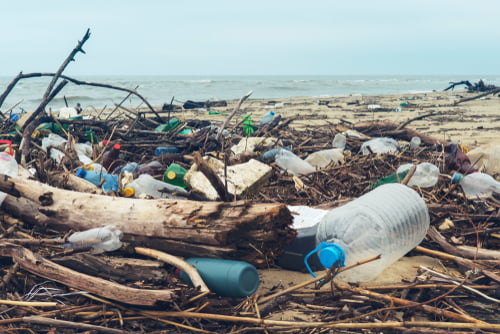
Practical Steps you can take
Reducing our use of plastic packaging and increasing the amount we reuse and recycle will have a significant impact on the global plastic problem. Here are four actions for reducing (or even eliminating) food pollution in your home:
- Make your own food – this produces less packaging waste than buying processed food or ready meals. Take a pizza, for example:
Frozen supermarket pizza is wrapped in soft plastic (which would have to be cleaned and dried before putting in your recycling bin) and is placed on a cardboard disc (which will also be dirty so can’t be recycled, but it could go in your brown bin). The clean cardboard packaging surrounding the pizza can go in your recycling bin.
Takeaway pizza has no soft plastic, but if there is grease or food on the cardboard takeaway packaging it can’t be recycled – this needs to go in a brown bin or a general rubbish bin.
Homemade pizza, on the other hand, is entirely packaging free!
- Choose foods that are not wrapped in plastic. If you can afford it, buy loose items not wrapped in a net or soft plastic, or food wrapped in compostable packaging. And bring your own reusable containers, or hessian or cloth bags with you when you do your food shop.
- Reuse and dispose correctly. If you do end up with hard plastic packaging, try and find ways to reuse it. Ice-cream tubs and soup containers are great for storing food, especially leftovers for the freezer (just remember to label the container before putting it in the freezer). And most importantly, when you eventually do need to dispose of food packaging, make sure it goes in the correct bin.
- Grow It Yourself – this can help you grow all the culprits normally smothered in soft plastic, including cucumbers, which can be grown plastic-free. Give it a go and play your part in reducing the amount of plastic in the system.
- Shop in plastic free stores like The Good Neighbour




